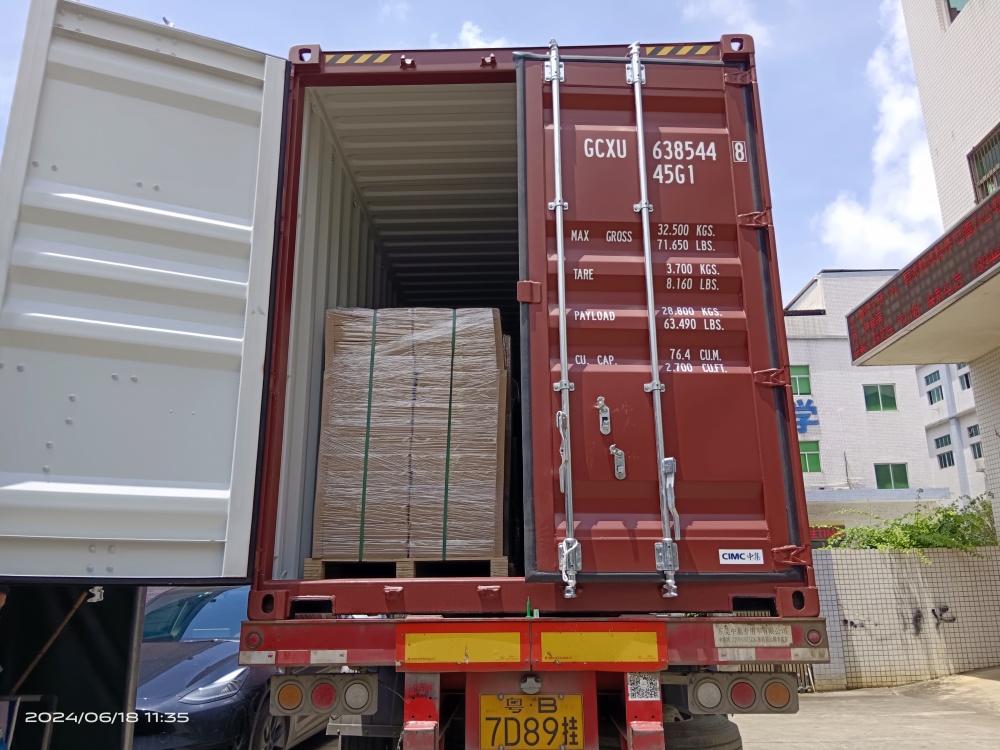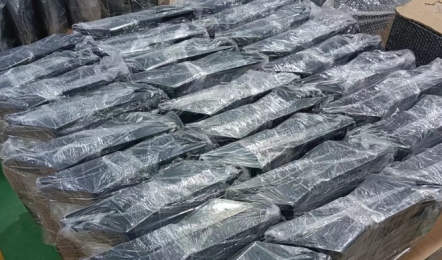Designing a metal enclosure requires attention to several factors to ensure functionality, durability, and ease of manufacturing. Here are some key tips:
1. Material Selection
Aluminum: Lightweight, corrosion-resistant, and good for heat dissipation.
Steel: Stronger than aluminum but heavier; it can be galvanized or powder-coated for corrosion resistance.
Stainless Steel: Excellent corrosion resistance and durability, ideal for harsh environments.
Copper or Brass: Used for high conductivity requirements, though expensive.
2. Environmental Considerations
Ingress Protection (IP) Rating: Ensure the enclosure meets required IP ratings for dust and water resistance, especially for outdoor or industrial use.
Thermal Management: Design for proper heat dissipation; consider heat sinks, ventilation, or active cooling if necessary.
3. Structural Integrity
Thickness: Choose the right thickness for strength without adding unnecessary weight. Common gauges range from 18-22 gauge for enclosures.
Reinforcements: Use ribs, bends, and gussets to increase structural integrity without adding much weight.
Corners and Edges: Use rounded corners to reduce stress concentrations and avoid sharp edges for safety.

4. Manufacturing Ease
Bend Radii: Follow the material-specific minimum bend radius to prevent cracking or weakening of the material.
Hole and Slot Placement: Ensure holes are spaced appropriately from edges and bends to prevent deformation during manufacturing.
Tolerances: Set realistic tolerances that are achievable with standard manufacturing processes to keep costs down.
5. Assembly and Access
Fasteners: Design for standard screws, bolts, or snap-fits for ease of assembly and maintenance. Avoid using too many fasteners.
Accessibility: Ensure easy access to critical components. Use removable panels or hinged doors.
Mounting: Include mounting provisions such as flanges, brackets, or slots for secure attachment.
6. Aesthetics and Finishing
Surface Finish: Choose finishes like powder coating, anodizing, or painting based on aesthetic and corrosion resistance requirements.
Labeling: Consider how and where labels or logos will be applied. Ensure the surface finish allows for clear printing or engraving.
Design for Branding: Integrate company branding elements subtly, ensuring they don't compromise the enclosure's functionality.
7. Cost Considerations
Material Utilization: Optimize sheet metal layout to reduce waste and material costs.
Simplification: Simplify design features to minimize machining and fabrication time.
Standardization: Use standard parts and fasteners where possible to reduce costs and simplify inventory.
8. Compliance and Testing
Certifications: Ensure the design meets industry standards such as UL, CE, or RoHS if applicable.
Prototyping and Testing: Always prototype the design and conduct environmental and stress testing to validate performance.
By balancing these considerations, you can design a metal enclosure that is functional, cost-effective, and manufacturable.
Related Links:
sheet metal fabrication company china | china sheet metal forming manufacturers | china sheet metal fabrication manufacturers | china custom sheet metal parts | china sheet metal fabrication companies | china sheet metal fabrication factory | sheet metal fabrication companies in china | sheet metal parts manufacturing china | china sheet metal parts manufacturers | china sheet metal parts company | china metal enclosure manufacturers | china aluminum sheet metal fabrication manufacturers






